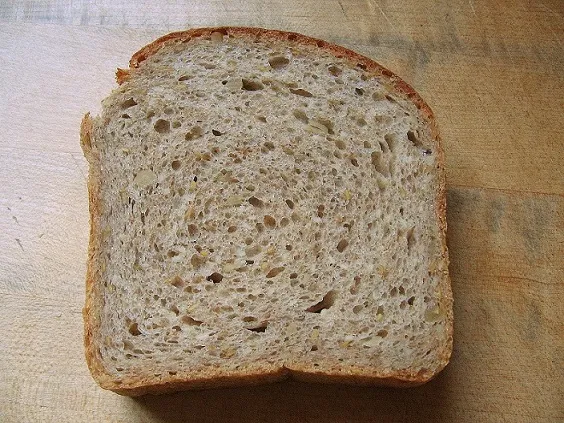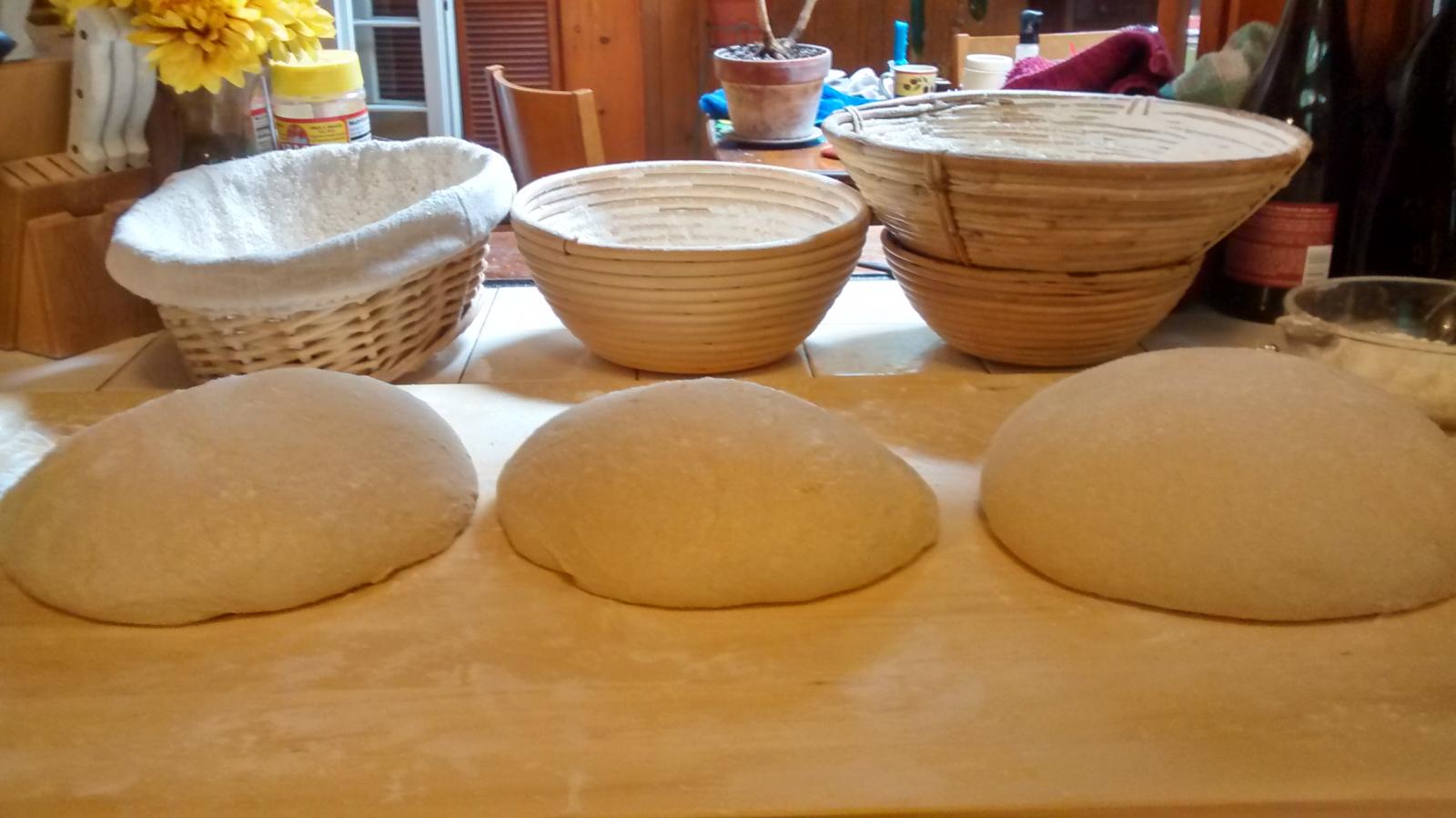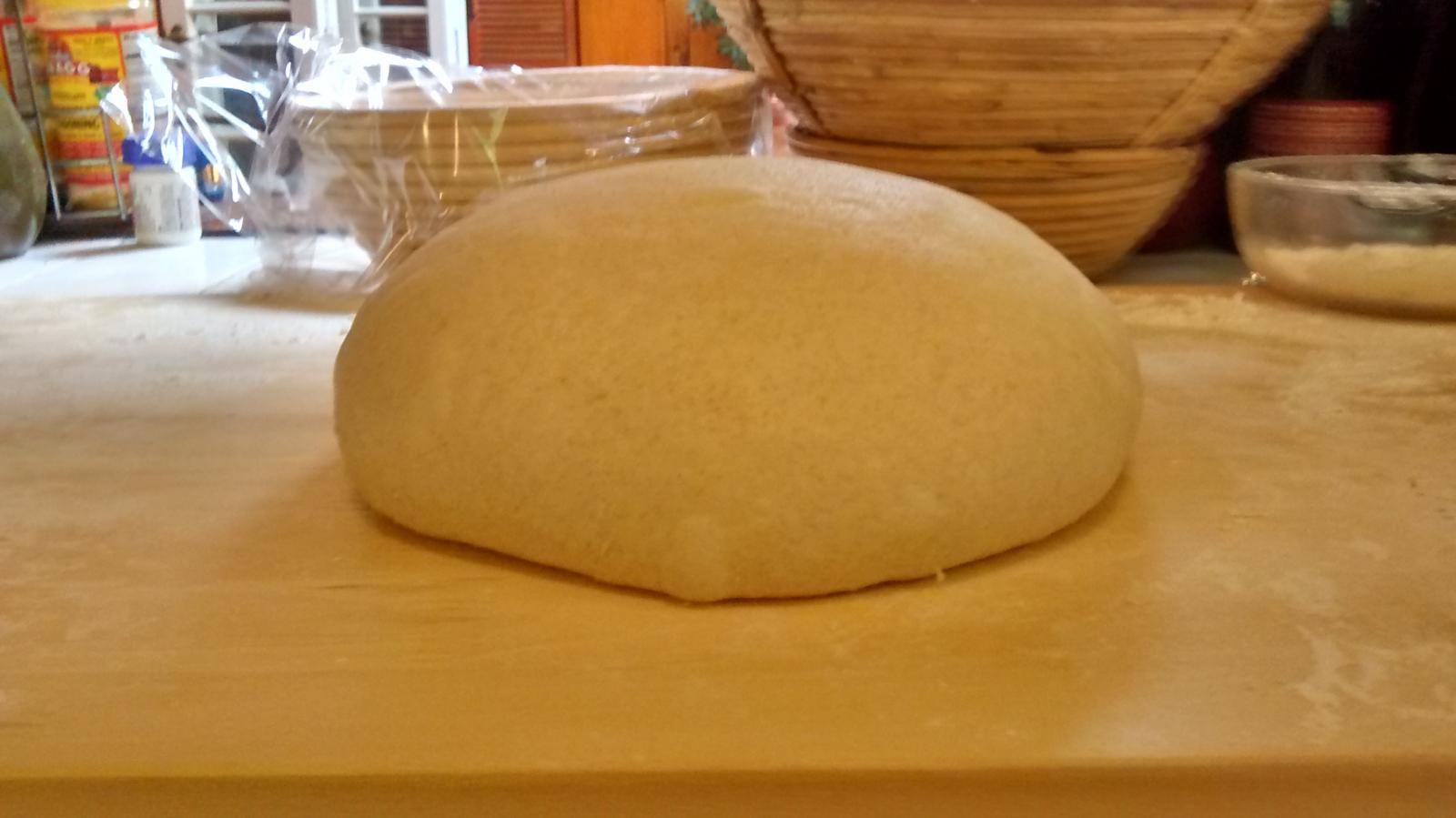Knishes

With Rosh Hashanah right around the corner, Lucy always tries something new for knish fillings. This year we caramelized some onions, then threw in some cabbage, a clove of minced garlic and some home made / smoked shopped corned beef.
- Log in or register to post comments
- 11 comments
- View post
- dabrownman's Blog













